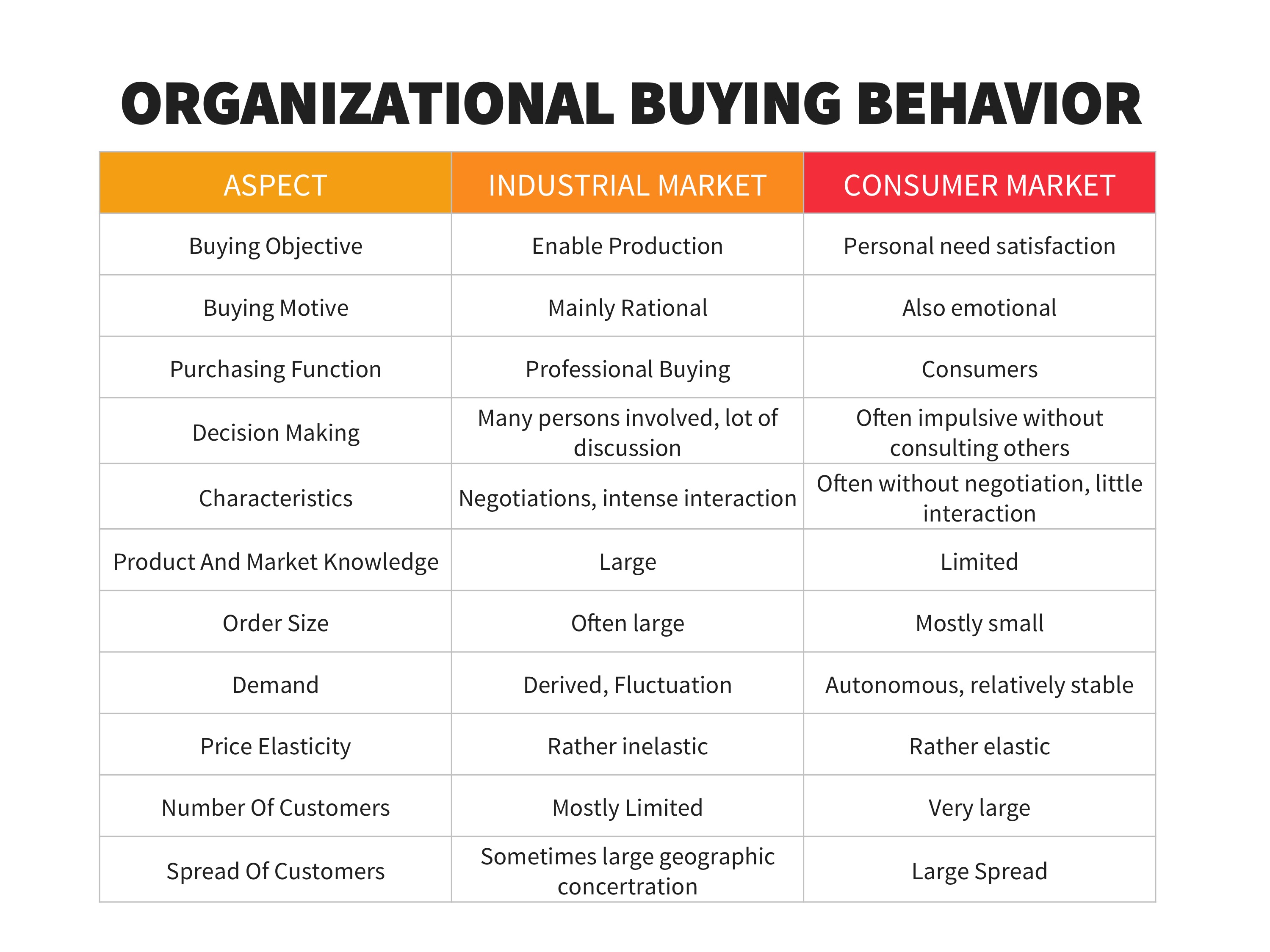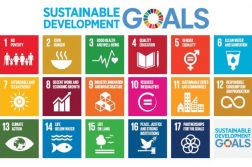Thursday 19.01.17 Visamäki Campus
On our third lecture by Per-Töffner Knudsen we got in the world of Industrial buying behavior and decision-making in purchasing. We started the day by talking about organizational buying behavior and it’s six basic characteristics by the industrial point of view;
1. Professional purchasing: Professional buyers with education and experience who know their tasks and responsibilities
2. Derived demand: developments in industrial markets are often related to changes in the end-user markets upstream in the value chain
3. Inelastic, fluctuating demand: due to the derived demand, price-elasticity in industrial markets is frequently lower than in consumer markets
4. Geographical concentration: many industrial markets are geographical concentrated (Silicon Valley)
5. Large order quantities and large amounts of money involved
6. Limited number of customers: industrial suppliers often supply only a few companies compared to companies that deliver directly to consumers
The difference is pretty significant if you compare professional buying behavior to regular consumer buying behavior. It is more organized, rational and in larger scale. Here’s a chart showing the differences of Industrial market and Consumer market in organizational buying behavior.

In professional buying there are also different variables that affect the buying process. Let’s take an example; shirt. This is what you need to think before purchasing a product.
First characteristics of the shirt; quality, weight and the thickness of the thread. Strategic importance; how complex the shirt is. Sums of money involved in the purchases; what’s the budget/cost. Characteristics of supply markets and degree of the risk related of the purchase. Role of the purchasing department in the organization and degree to which the purchase product affects existing routines in the organization; what can change inside of the company.
The buying decision depends on two variables; Task variables and non-task variables. Task variables relate to task, responsibilities and competences assigned to a person. Non-task variables relate to the professional’s personality.
Other things we learned about was the purchasing process and the seven rights of order content. The purchasing process consists of six periods; defining the specification, selecting the supplier, making the contracts, ordering, expediting and evaluation/follow up. First purchasers should think about the product and defining all the aspects in it to be right for the customer and the market they are aiming to purchase it for. Then they should compare the suppliers and select the ones that are the best for the product and make the contracts with them. Then purchasers should order the products from the suppliers and receive them. Finally, should follow the evaluation of the purchasing process with the chosen suppliers and if there have been some problems, the follow up from them.
This chart explains the whole Purchasing Process, buyers role, elements and documents you need.

When placing an order purchaser need to think about the seven rights of order content. They are right commodity, right quantity, right quality, right time, right place, right price and right customer.
In order for the purchase to be successful these aspects should be evaluated. Of course there can be miscalculations but by thinking these the risks of not being able to sell the products can be minimized.
It is interesting to think about the purchasing process from the purchaser’s point of view rather than just from the designer’s point of view. This way we designers can also better our products so that they are easier for the purchasers to consider buying.
Sohvi Väänänen, Mikaela Mäkinen & Melanie Höhener




